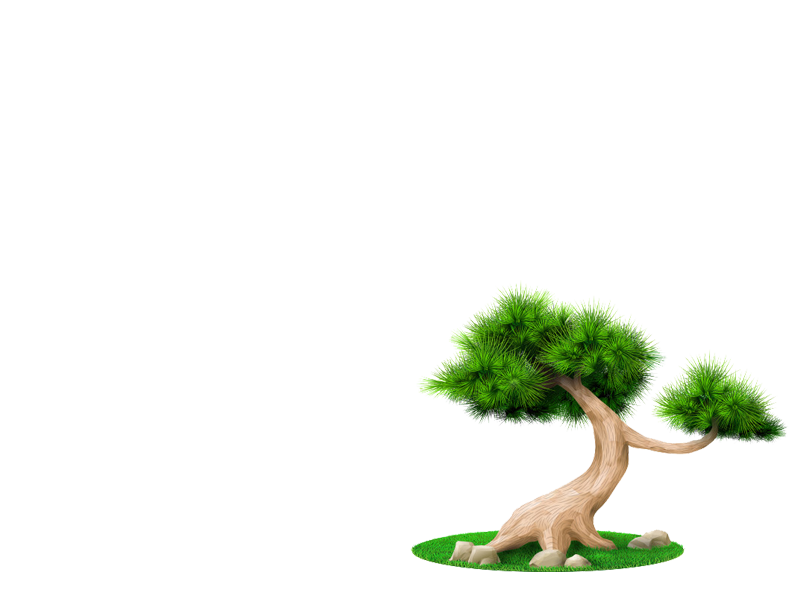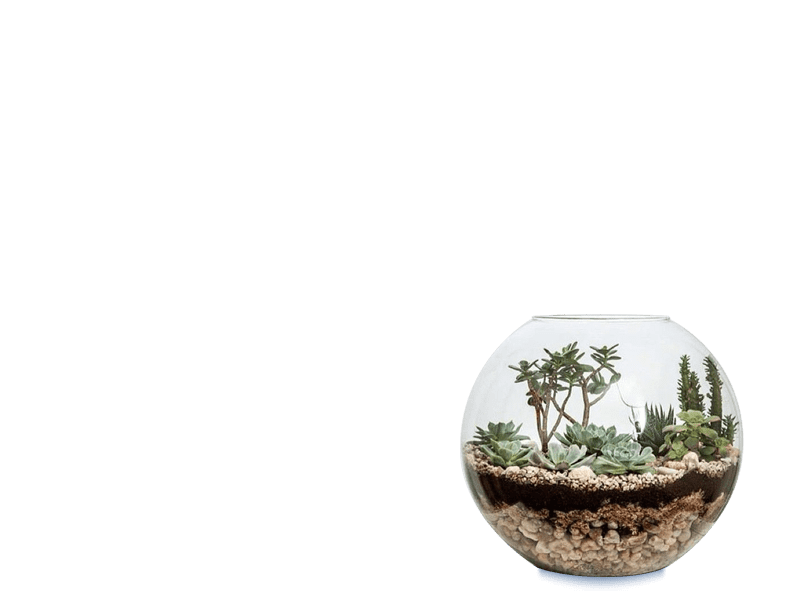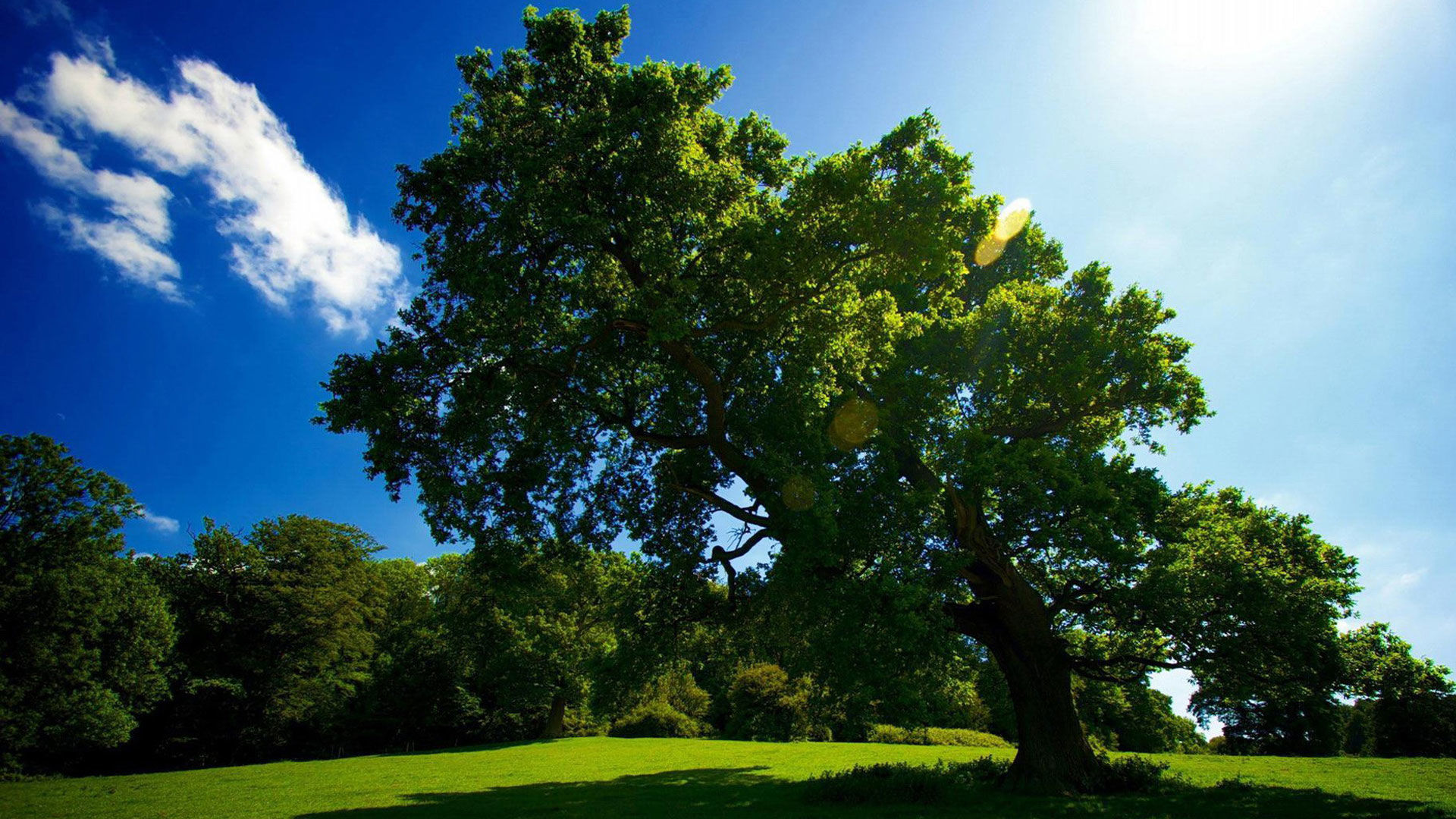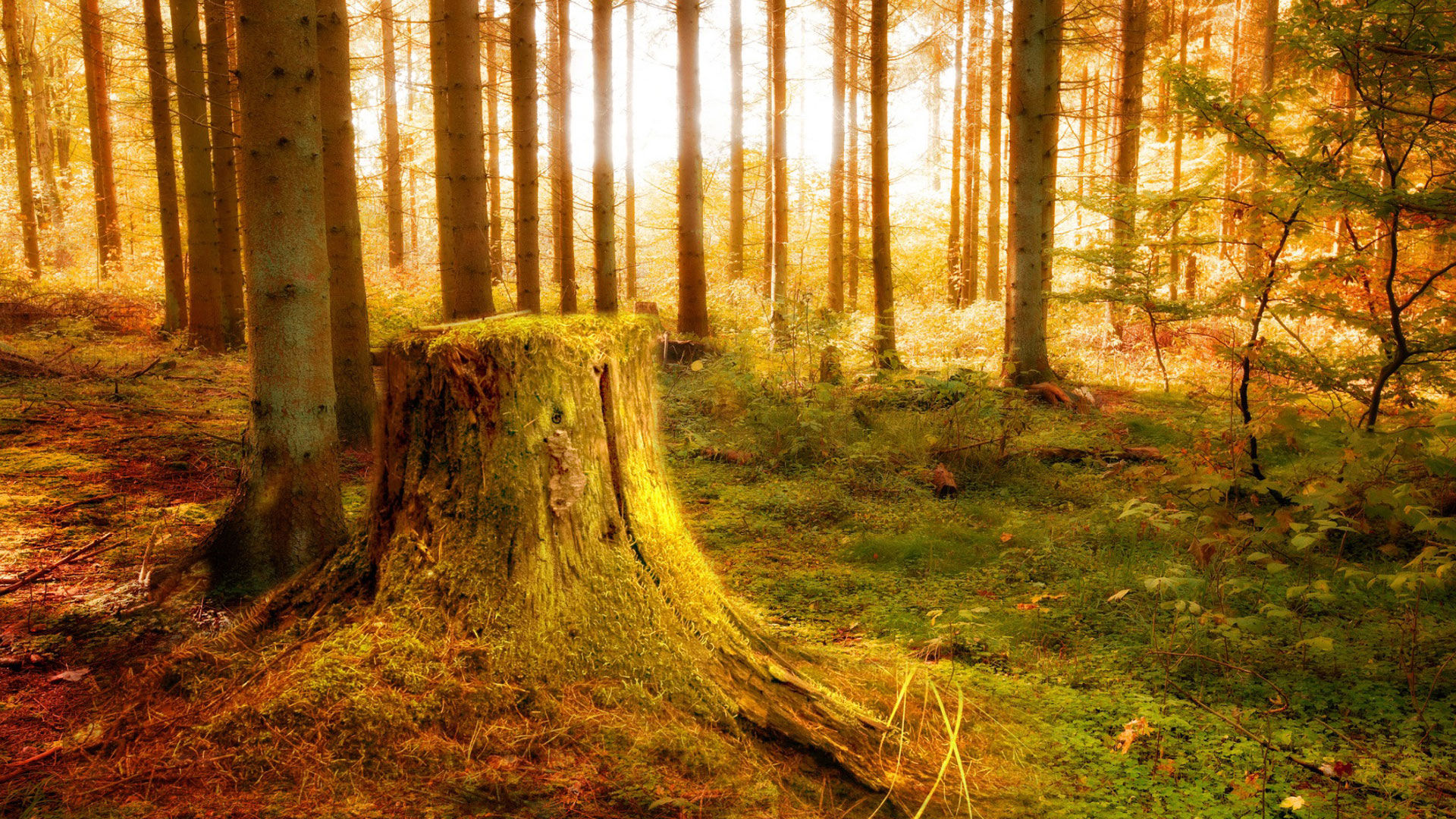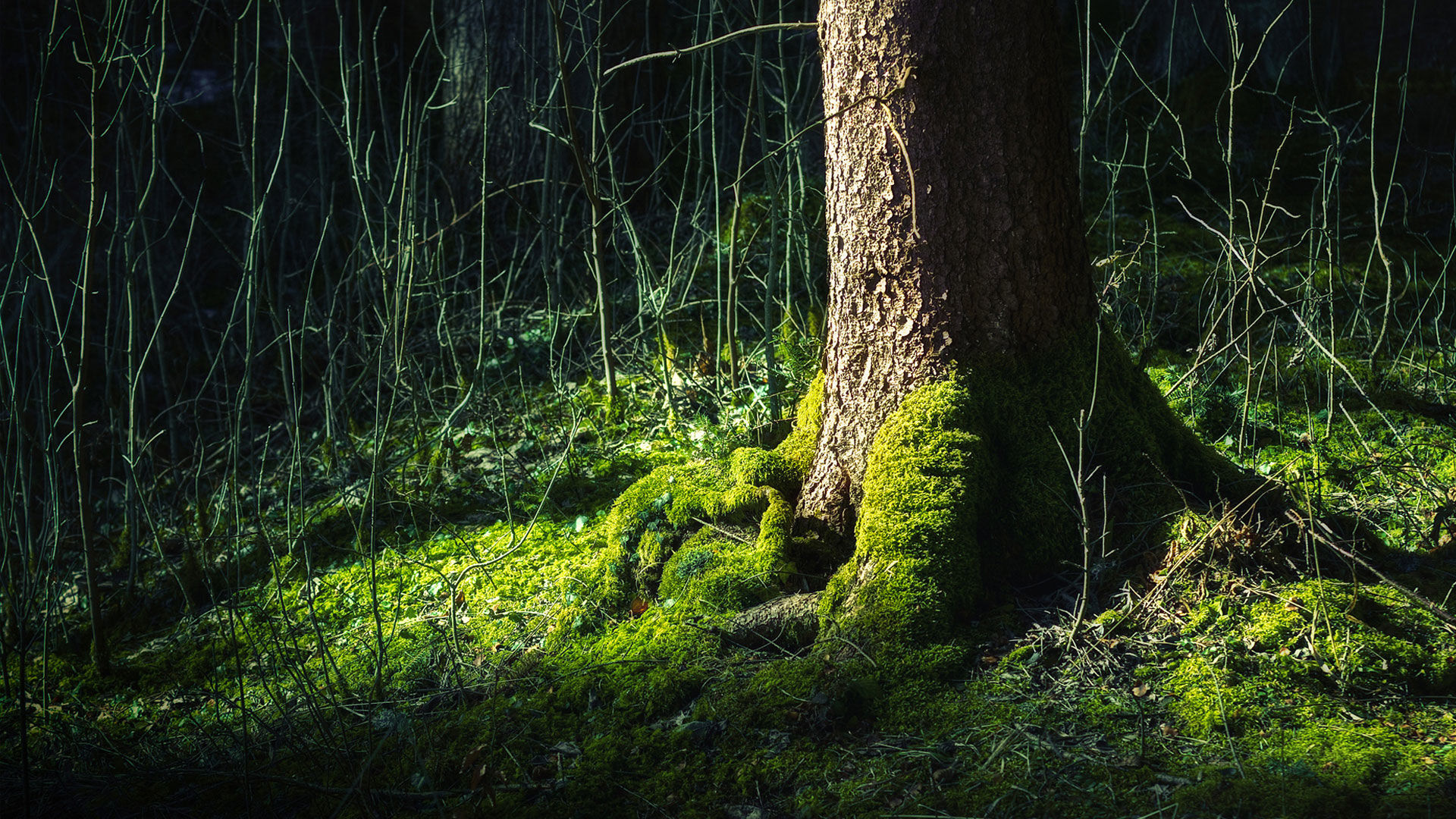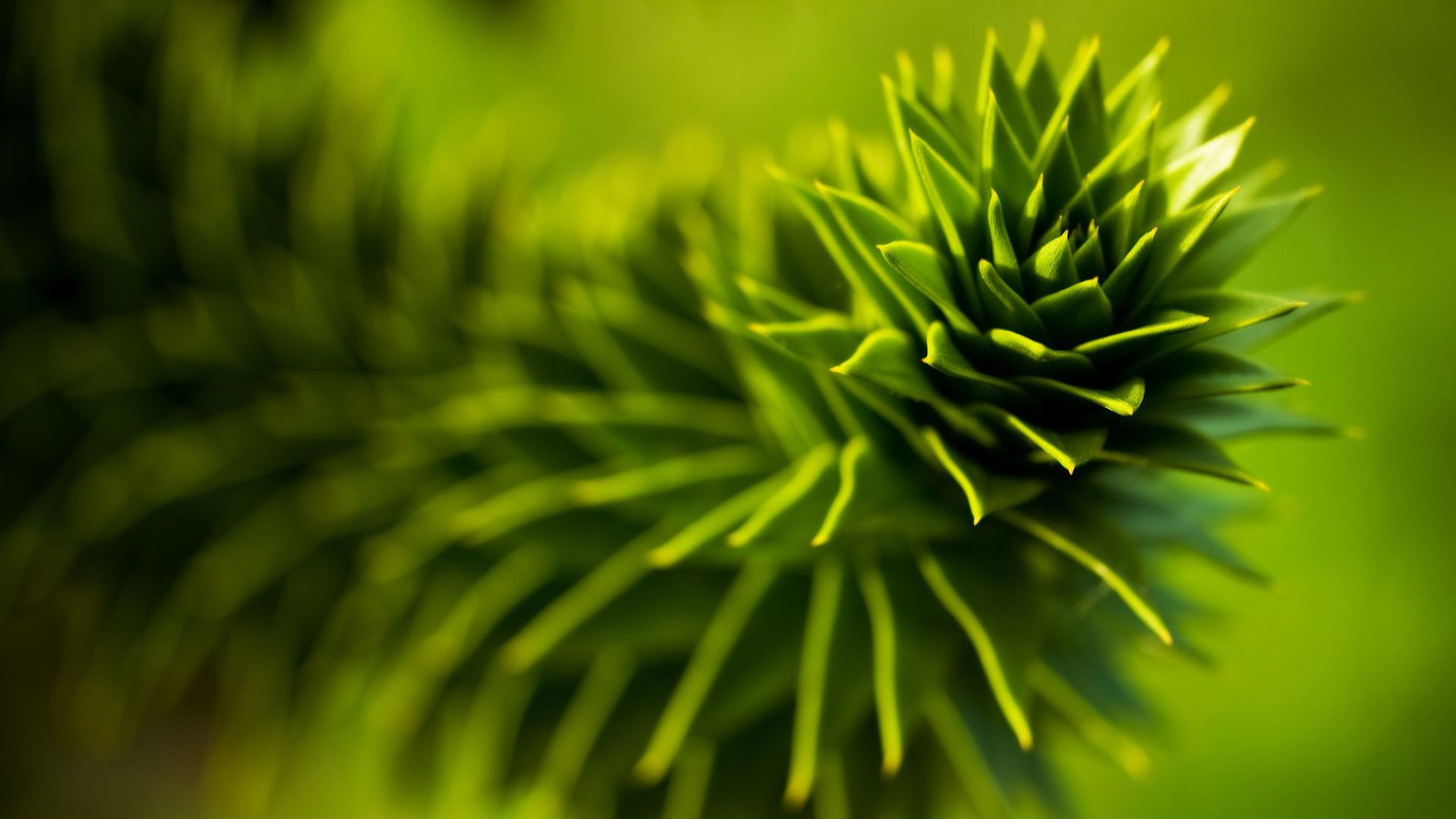No products in the cart.
Trees Ecology
Trees are an important part of the terrestrial ecosystem, providing essential habitats including many kinds of forest for communities of organisms. Epiphytic plants such as ferns, some mosses, liverworts, orchids and some species of parasitic plants (e.g., mistletoe) hang from branches; these along with arboreal lichens, algae, and fungi provide micro-habitats for themselves and for other organisms, including animals.

